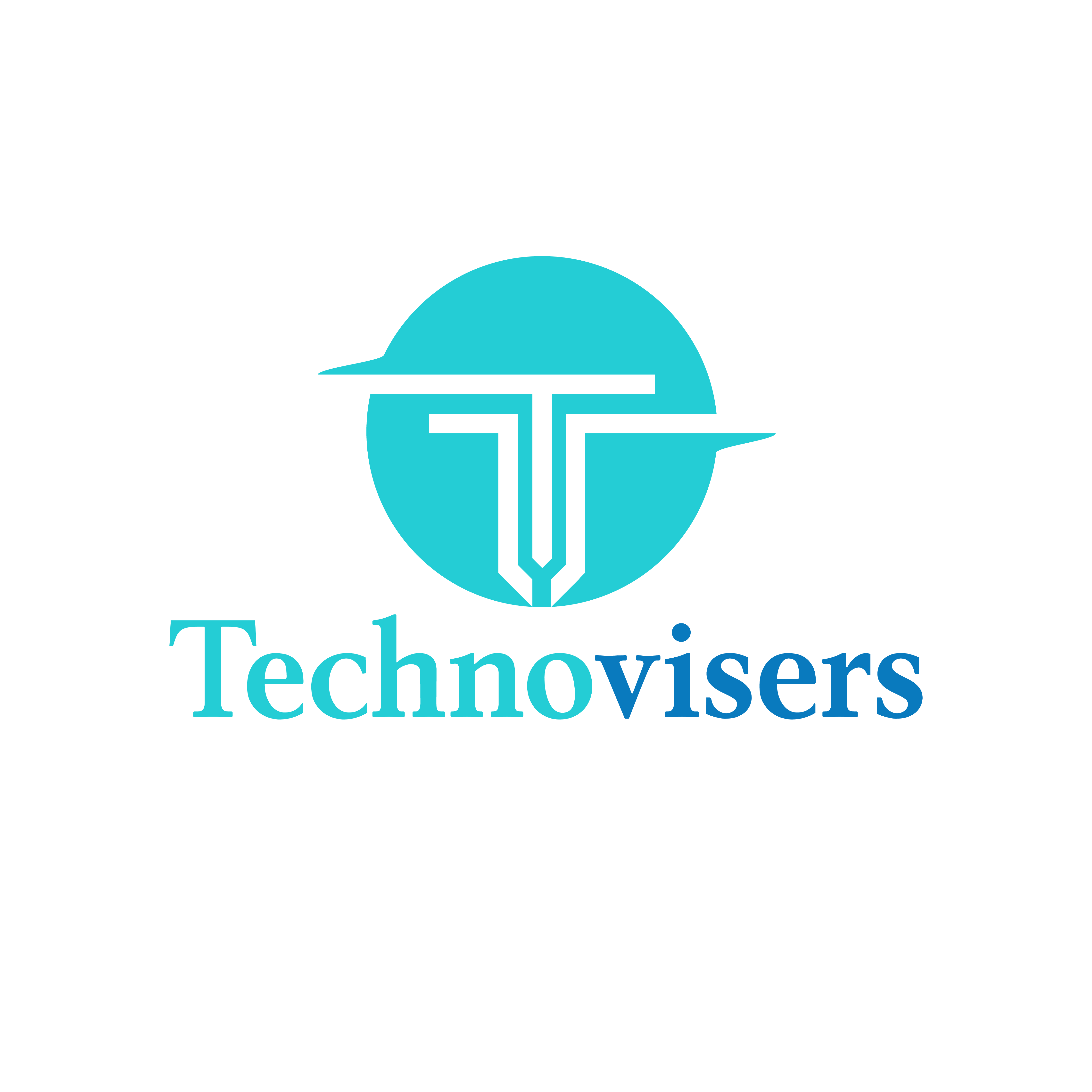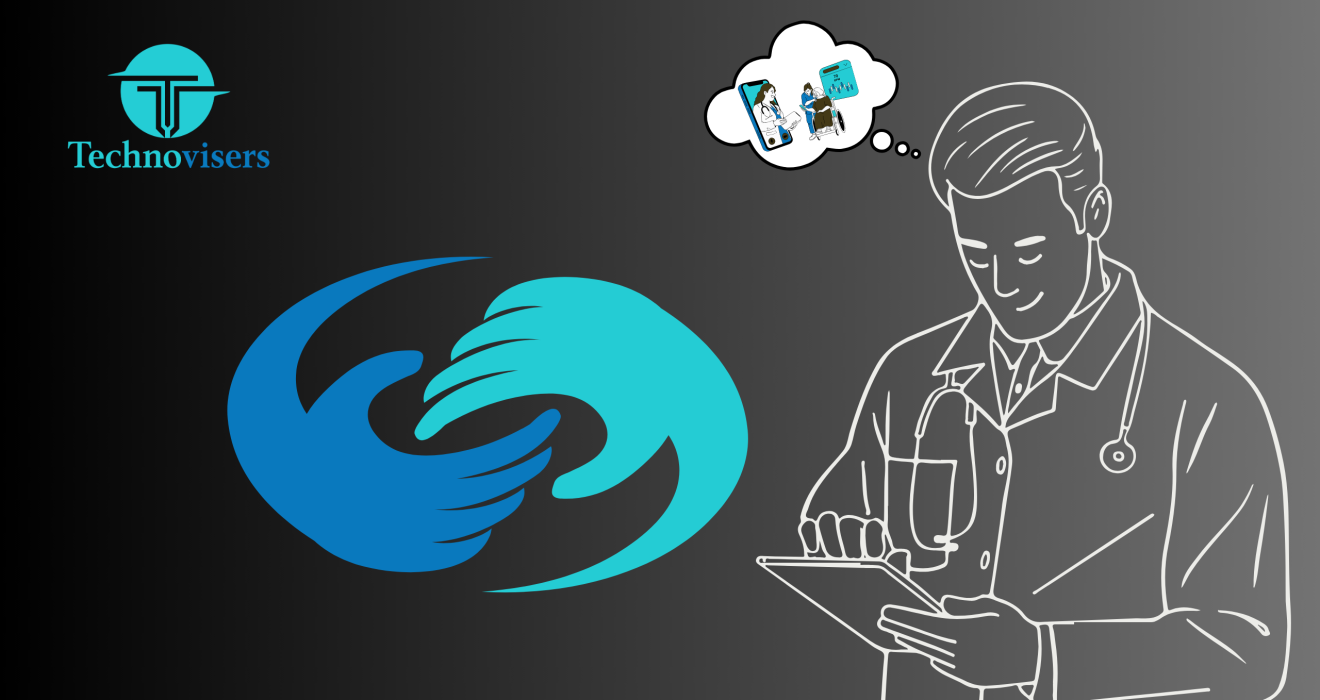Transforming Healthcare: The Pivotal Role of IT in the Digital Age
Introduction:
In the dynamic landscape of healthcare, where precision and speed are paramount, Information Technology (IT) is emerging as a transformative force. From enhancing patient care to optimizing operational efficiency, IT plays a pivotal role in shaping the future of healthcare. In this blog, we’ll delve into the growing importance of IT in healthcare and explore the myriad ways it is revolutionizing the industry.
The Digitalization of Patient Records:
Gone are the days of paper-based patient records. IT has ushered in a new era of efficiency with Electronic Health Records (EHRs). These digital records not only streamline the management of patient information but also facilitate seamless communication among healthcare providers, leading to more coordinated and personalized care.
Improving Diagnostics and Treatment:
Precision Medicine: IT enables the analysis of vast amounts of patient data, paving the way for precision medicine. By leveraging advanced analytics, healthcare professionals can tailor treatments based on individual genetic makeup, increasing the efficacy of interventions and minimizing side effects.
Diagnostic Advancements: The integration of IT in diagnostic tools has significantly enhanced accuracy and speed. From advanced imaging technologies to AI-driven diagnostics, healthcare providers can now obtain more precise and timely insights, leading to quicker and more effective treatment decisions.
Enhancing Patient Engagement:
Telehealth and Remote Monitoring: The integration of IT has facilitated the rise of telehealth, allowing patients to access healthcare services remotely. Additionally, remote monitoring devices connected to IT systems enable healthcare providers to track patients’ vital signs, improving preventive care and chronic disease management.
Patient Portals: IT has empowered patients to take an active role in their healthcare journey. Patient portals provide a secure platform for individuals to access their health records, communicate with healthcare providers, and participate in shared decision-making.
Operational Efficiency and Cost Management:
Streamlining Workflows: Healthcare IT optimizes administrative processes, reducing paperwork and improving overall workflow efficiency. This allows healthcare professionals to focus more on patient care and less on administrative tasks.
Cost-Effective Solutions: IT solutions in healthcare contribute to cost reduction by minimizing errors, preventing unnecessary procedures, and improving resource allocation. This, in turn, makes quality healthcare more accessible and affordable.
Challenges and Future Prospects:
While the integration of IT in healthcare brings numerous benefits, it is not without challenges. Issues related to data security, interoperability, and the need for standardized practices must be addressed. Looking ahead, continued innovation, collaboration, and advancements in cybersecurity will be crucial for maximizing the potential of IT in healthcare.
Conclusion:
As we navigate the digital age, the growing importance of IT in healthcare cannot be overstated. From enhancing patient outcomes to optimizing operational efficiency, IT is a driving force behind the industry’s transformation. Embracing these technological advancements ensures not only better healthcare delivery today but also paves the way for a healthier and more connected future.

